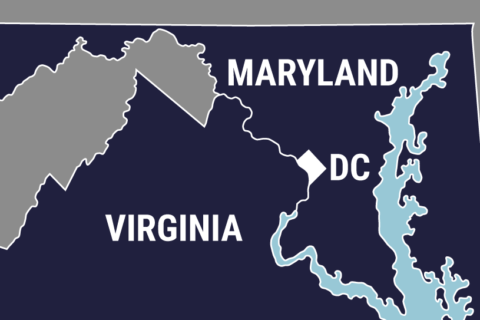Commentary By Aubrey Layne
Virginia Secretary of Transportation
Virginians deserve a healthy public discussion about how best to improve our transportation system. But that discussion must also be grounded in fact, not political rhetoric. Unfortunately, the leadership of the House Republican Caucus is engaged in a campaign of misleading and flatly incorrect information on the McAuliffe administration’s proposal to improve I-66 inside the Beltway. So in the interest of good public policy, here are the facts.
Fact 1: Despite unfounded claims to the contrary, dynamic tolling on I-66 will reduce congestion.
In 2013 the McDonnell Administration released a study on reducing traffic congestion in the I-66 corridor. It was the third such study in 15 years.
The study stated that dynamic tolling and multi-modal improvements could move 40,000 more people a day through the I-66 corridor, which is equivalent to 10 additional interstate lanes in the morning and another 10 in the evening. The proposal would increase travel speeds from today’s low of 5 miles per hour to a more reliable pace of 45 miles per hour or faster.
The tangible congestion alleviation benefits this proposal will generate have led the Fairfax and Loudoun County Chambers of Commerce to express support for the proposed improvements. We are working collaboratively with Fairfax, Arlington and Falls Church on the proposed project. Just recently the Washington Metropolitan Council of Governments’ Transportation Planning Board approved adding this project to the region’s Constrained Long Range Plan.
Fact 2: The McAuliffe’s administration’s proposed changes will only add more choices for I-66 commuters without impacting current HOV commuters.
If you currently carpool through the corridor, you will ride free as you always have. If you are a solo driver who used to have to exit I-66 and take secondary roads to and from work, you will now have the option to pay a toll and remain on I-66 all the way into the city. Despite the disinformation political opponents are disseminating, tolling would only be in effect during peak hours, and this proposal offers more drivers the option of a fast and reliable trip without impacting current HOV commuters.
Fact 3: Travel times on parallel routes will either improve or stay the same.
Studies show dynamic tolling will manage traffic more efficiently on I-66 inside the Beltway and parallel roads. In fact, this proposal will reduce traffic on parallel routes heading to DC in the morning, by offering more solo drivers the choice of paying a toll and staying on I-66.
VDOT has conducted a detailed analysis that shows no impacts on parallel routes, meaning that drivers who take Route 50 can expect roughly the same travel times in 2017 as they can today.
Fact 4: Toll revenues will be used to help move even more people through the corridor.
Studies reveal that dynamic tolling itself is a mechanism for managing congestion and reducing travel times – and every cent from that tolling on I-66 will be used to even further reduce congestion in that corridor. This is a self-financing project and will not take funding away from other transportation improvements.
Again, contrary to what House Republicans have conjured, it would be against the law to use those revenues for bike paths in the woods or road improvements in other parts of Northern Virginia or the state.
Since the state will own and operate the facility and collect tolls, excess revenues will not go to the profit of large corporations. All monies will directly benefit the corridor to enhance motorist through-put.
Fact 5: Widening I-66 inside the Beltway will take place – if necessary.
It is the Secretary of Transportation’s job to ensure that transportation funds are spent wisely. In the case of I-66, that means implementing the most cost-effective solutions first, before we consider spending over $100 million to perform even a limited widening of I-66.The Governor’s proposals for I-66 will better manage traffic flow at a fraction of the cost of widening the road. We owe it to taxpayers to exhaust low-cost solutions, but, if after 5 years, vehicles are not traveling at free flow on I-66 during rush hour, then toll revenues will be used to widen the road.
Fact 6: Doing nothing is not an option.
Opponents of the Governor’s proposal for I-66 have a host of complaints. What they have yet to put forward are facts to back those claims, or real ideas for moving Virginians through the I-66 corridor more quickly. I am confident that this plan meets the transportation and political realities of this corridor – and that allowing campaign gamesmanship to block progress is not an option.
Aubrey Layne has served as Virginia’s Secretary of Transportation since January 2014. Layne oversees seven agencies with combined budgets of more than $5 billion. Those agencies employ 10,000 people.






